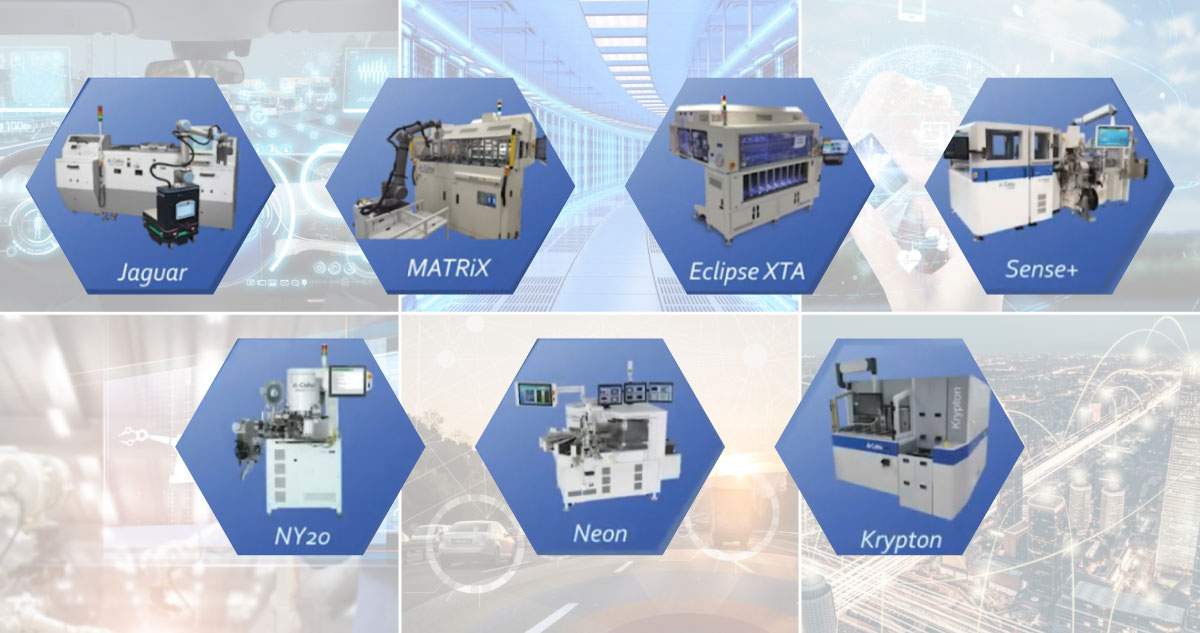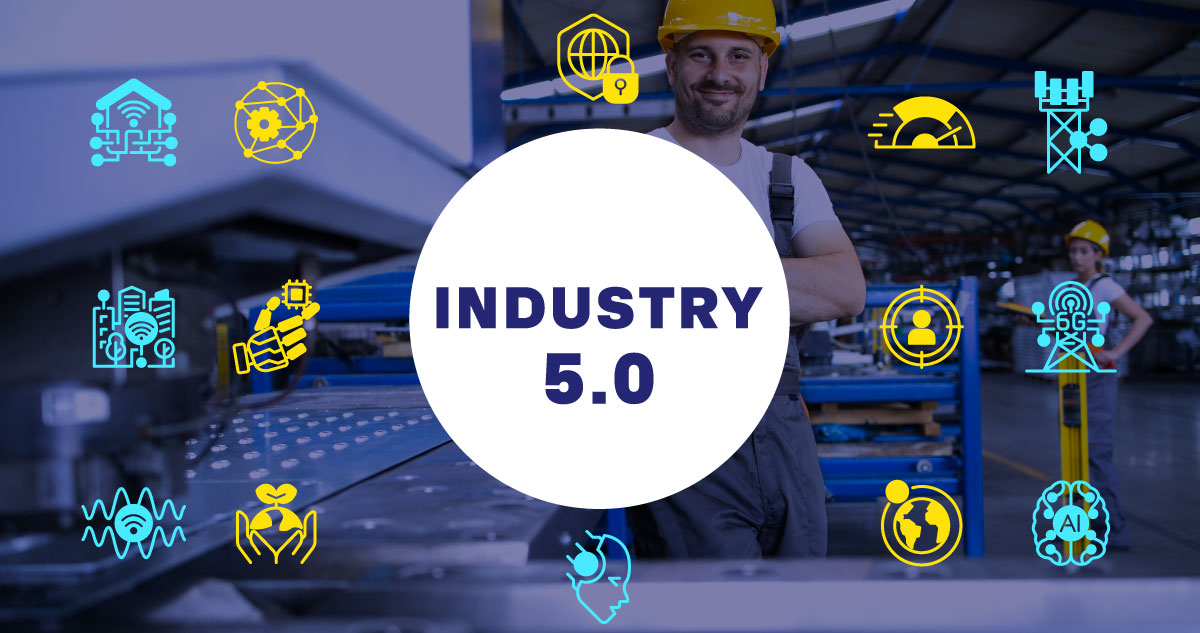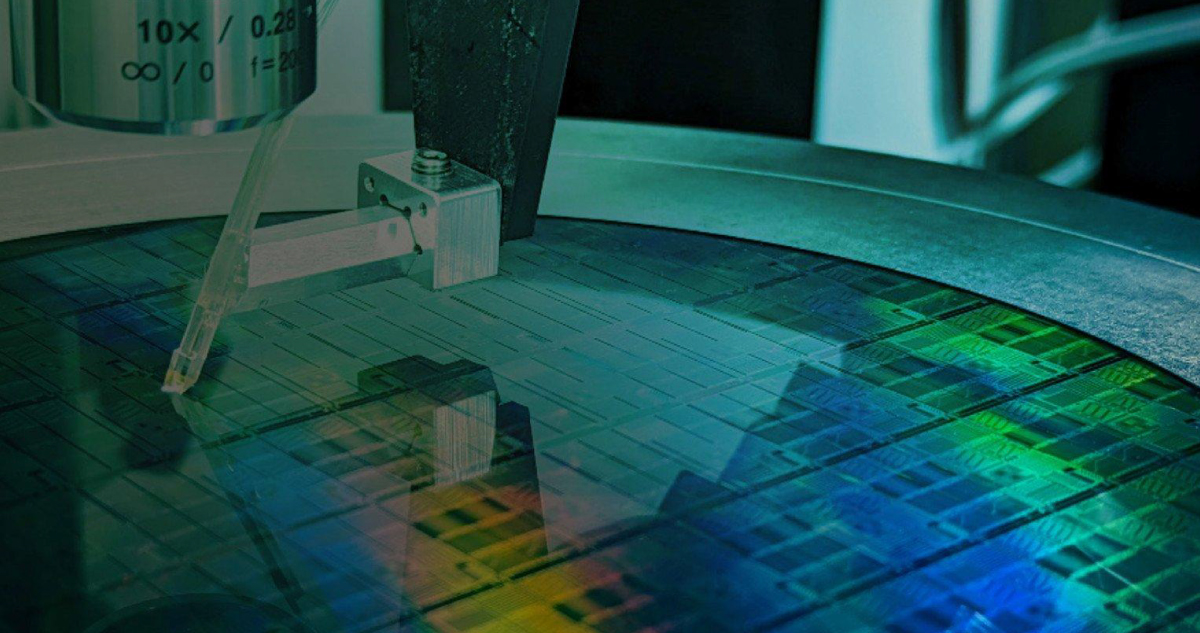Are you using a Robotic Assembly Line in your Unit?
The assembly line has evolved from the first manned assembly line in the early 1900s to the robotic assembly lines today
What is an Assembly Line?
An assembly line is a systematic arrangement of machines and/or people, each carrying out a repeatable task on a product as it moves along a conveyor. This results in a fully assembled product manufactured quickly and efficiently.
Robotic Assembly Lines
The systematic arrangement of robots as machines to perform repeatable tasks is a robotic assembly line.
From the first industrial robot, Unimate in the 1960s to the microprocessor-controlled robots in the 1970s and now the Cobots since 1995, the use of robotics in assembly lines has only increased.
Industries using Robotic Assembly Lines
Global Robotics Market size was valued at USD 34.06 billion in 2022 and is poised to grow from USD 39.71 billion in 2023 to USD 135.68 billion by 2031, growing at a CAGR of 16.60% during the forecast period (2024-2031).
Automobile manufacturing is the industry which makes the maximum use of robotic assembly lines.
But today, robotic assembly lines have found widespread use in a diverse range of industries, such as in the manufacture of biotechnology devices, home appliances, electrical wire harness, bottling plants, Food and Beverage production lines, electronic device manufacturing, battery module assembly, and more.
Why Assembly Line Robots?
A robotic assembly line offers flexibility. It allows manufacturers to optimise workflow, increase capacity, and produce a wider range of products by performing multiple value-added processes. It eliminates thneed for expensive fixed automation. Intelligent features like integrated 3D cameras and force sensing enhance the assembly process.
Robotic Assembly Line Components
Robotic assembly lines comprise several components working together to carry out the manufacturing process.
Conveyors

Conveyors are used to transport materials and components (both finished and work-in-progress) along the assembly line. This makes it easier for the robot to work on and transfer them to the next stage in the assembly line.
Industrial Robots

The robots are the primary components of the assembly line with each robot carrying out a designated set of tasks. Similar or different types of industrial robots are used, depending on the application.
End Effectors

End effectors on the robots’ arms cause them to carry out tasks, application-wise. MELSS brings you task-specific wide range of grippers, dispensers, and welding guns.
Sensors
Sensors detect the position and orientation of objects, thereby helping the robot to move them accurately. Sensors and vision systems are also used to detect defects in parts, and help in quality control.
Controllers

Controllers are responsible for coordinating and operating the entire process in an assembly line. Many types of controllers are used such as Supervisory control and data acquisition (SCADA) and Distributed Control Systems (DCS), Industrial Automation and Control Systems (IACS), Programmable Logic Controllers (PLCs), Programmable Automation Controllers (PACs), Human-Machine Interface (HMI), Remote Terminal Units (RTUs), control servers, and Intelligent Electronic Devices (IEDs).
Power Supplies
Application-specific power supplies such as electric, electronic, hydraulic, or pneumatic, are used to provide the energy required to operate the robots and other components of the assembly line.
Safety Equipment

Safety equipment, such as fencing, light curtains, and emergency stop buttons, is used to ensure the safety of the workers and the proper operation of the assembly line.
Benefits

Robotic assembly lines provide a host of benefits to the manufacturing industry.
Increased Productivity
By performing tasks quickly, and accurately, and working break-free round-the-clock, robotic assembly lines result in increased productivity. They help to reduce production time and increase output.
Higher Quality and Repeatability
Robotic assembly lines are programmed to produce consistent output. This consistency ensures that the products meet the same quality standards every time. Since they are programmed, there is zero error in manufacturing.
Reduced Labour Costs
Using robotic assembly lines reduces the need for manual labour. Although the initial investment in robotics technology is seemingly high, it leads to significant cost savings in the long-term.
Improved Safety
Besides reducing labour costs, robotic assembly lines improve the working environment for workers. By performing tasks that are hazardous to humans, such as welding or handling toxic substances, they drastically reduce the risk of workplace accidents and injuries, thereby improving workplace safety.
Increased Flexibility
Not only are robotic assembly lines programmed to perform a wide range of tasks, they can also be reprogrammed quickly to adapt to changes in the production process.
Improved Efficiency
By performing tasks in parallel, robotic assembly lines reduce the time required to complete a production run. Robotic assembly lines can be optimised to use materials more efficiently, reducing waste and lowering material costs, while at the same time by identifying defective products, they reduce the amount of scrap produced.
Improved Data Collection

Equipped with sensors and other monitoring devices, robotic assembly lines can collect data on the production process. This data helps in improved long-term decision-making and identifies inefficiencies and improvement areas in the production process.
Enhanced Customisation
Since robotic assembly lines are programmed, they can perform highly specialised tasks, resulting in greater customisation of products. This also helps in producing customised products on customers’ demands.
Improved Time-to-Market
Robotic assembly lines significantly reduce the time required to bring a product to market. They perform tasks quickly, accurately and consistently, allowing manufacturers to meet tight deadlines and respond quickly to changes in demand.
MELSS provides a wide range of solutions for Industrial Automation and Robotics which are used in robotic assembly lines.





